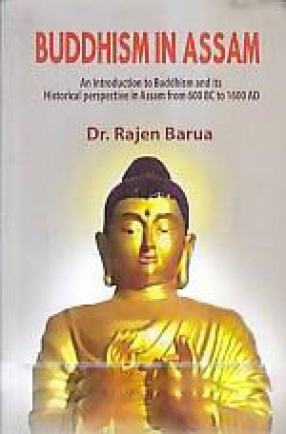Striking images of a certain Indian goddess have been variously referred to as the "shameless woman", the "nude squatting goddess", the "mother goddess", or, because her historical name remains unknown, any more than twenty-five names, among them Aditi, Lajja Gauri, Renuka, and Nagna Kabamdha. The best-known images of this goddess have a female torso and a lotus flower in place of a head, while her legs are bent up at the knees and drawn up to each side in a position that has been described as one of giving birth or self-display. The icon of the goddess Lajja Gauri, a most sophisticated symbolic image drawing on epoches of artistic and cultural layering of meaning, illustrates a process of o going generational, cultural and artistic imagination. The process is common to all images in Indian art but has not previously been a focus of investigation. Nor has a study of the forms, iconography, and iconology of Lajja Gauri images themselves been previously undertaken. Books have been published regionally in India, but there has been no corss-regional analysis. The Artists creating images of Lajja Gauri drew on various ancient symbols of fortune, fertility and life – force to communicate her power through their rich heritage of meanings. The author charts the changes in the goddess’s form over a period of more than four centuries, including its possible adoption from tribal worship into Hindu temples, and brings a new appreciation of Lajja Gauri’s rich symbolic meaning and cultural context.

Forms of the Goddess Lajja Gauri in Indian Art
In stock
Free & Quick Delivery Worldwide
reviews
Bibliographic information
Title
Forms of the Goddess Lajja Gauri in Indian Art
Author
Edition
Reprint
Publisher
ISBN
8120813111
Length
xiv+89p., Maps; Illustrations. Appendix; Bibliography; Glossary; Index; Notes; 29cm.
Subjects




There are no reviews yet.